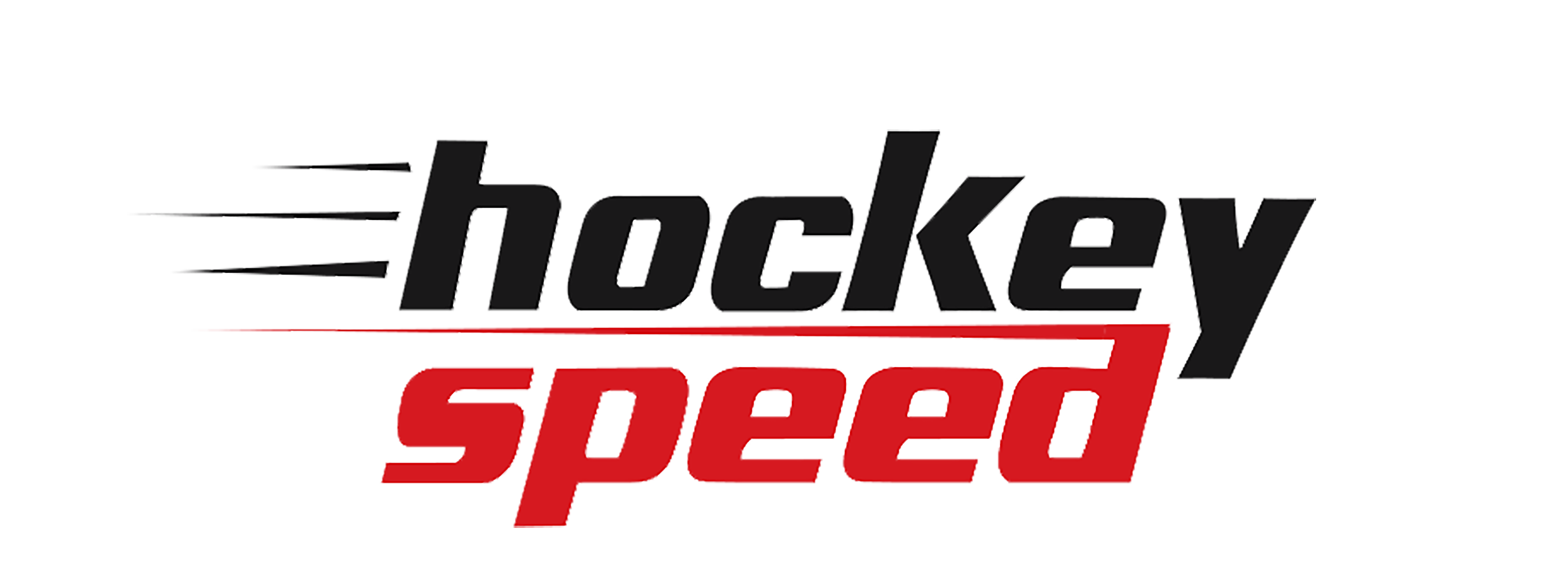Amy introduces the “Hockey shuffle” – a series of c-cuts (also known as pumps to figure skaters). She looks for skaters to have wide feet and a low stance, keeping the “nose and the belly button still.”
The aim of the skaters is to stay low and wide to build strength and their “wide sense of balance.” Being able to cover a lot of space will benefit game play.
Next, Amy moves onto a slalom exercise (known as power pulls to figure skaters.) Beginner skaters start with a two foot slalom, with two hands on their stick in front of them. Makes sure the skates are straight up and down together with “both skates tilting in the same direction.”
The key is to avoid little pumps down the ice, so using a line on the ice ban be beneficial. By maintaining the stick on the line, the skater is able to concentrate on the placement of their skates. Often students skip the outside edge and stay on a flat edge.
Amy discusses that hockey has become an “outside edge dominant game” which means everything is turning quite fast. If skaters don’t know how to use the outside edge they’ll won’t turn as fast. Amy advises getting skaters strong on their outside edges right from the beginning to ensure success.
The progression as the skaters get stronger would be to slalom on one foot into circles and crossovers, and which encourages the players to be less dependent on only using their inside edges. Amy ends with saying that these drills can also be backwards.
Sorry, this content is for members only.
Click here to get access.

